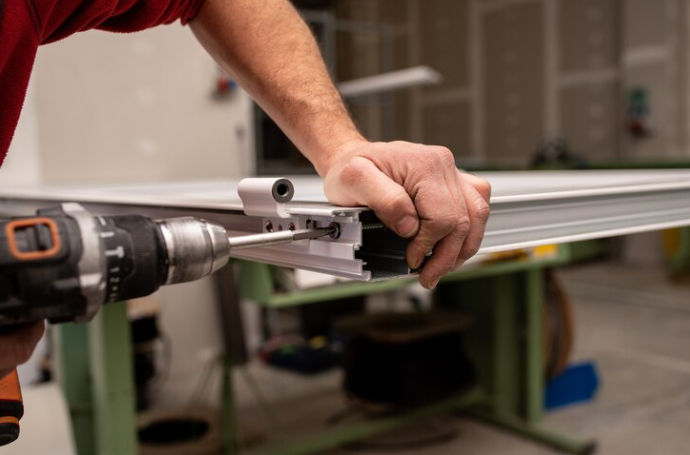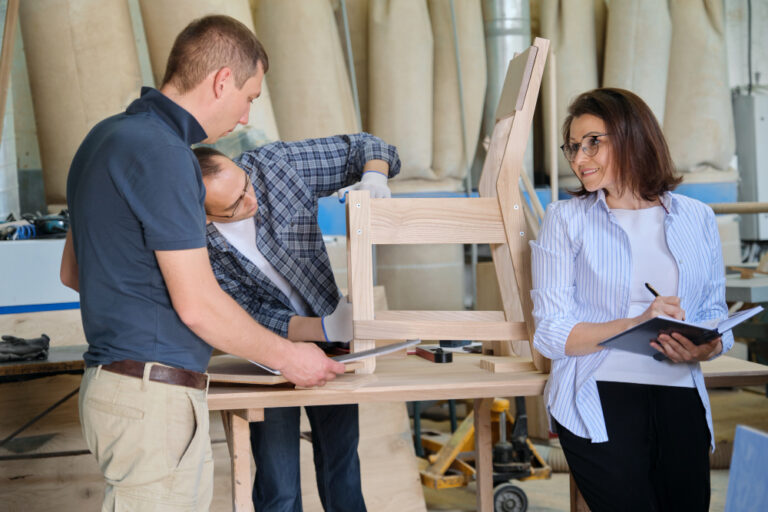Renovating a home starts with demolition, the part where bits of the existing property are removed to make way for the new build. The word “demolition” might bring to mind wrecking balls and chaos but the reality is much more controlled and precise. UK builders have to demolish carefully to avoid damage and keep the workers and the property safe. Here’s how House Renovations Cardiff builders do it.
Planning and Preparation
Successful and safe demolition starts with planning and preparation. Builders do a thorough assessment of the property to understand the structure, materials and potential hazards.
Structural Assessment
Before any demolition work starts, builders do a structural assessment of the home. This involves looking at the existing framework, identifying load bearing walls and where demolition is required. Knowing the structural layout is key to not damaging the important bits of the building.
Hazardous Materials
Older homes may contain hazardous materials like asbestos, lead paint or mould. Builders have to identify and remove these materials before demolition. Asbestos in particular requires specialist handling and disposal due to the health risks. Builders follow strict regulations to manage and dispose of hazardous materials safely.
Permits
Demolition work often requires permits from the local authority. Builders need to get the necessary permissions to ensure the work meets legal and safety standards. This involves submitting plans and assessments to show that the demolition will be done responsibly.
Safety
Safety is top priority during demolition. Builders implement various safety measures to protect workers, occupants and neighbouring properties.
Personal Protective Equipment (PPE)
Workers are given personal protective equipment (PPE) including hard hats, safety goggles, gloves and high visibility clothing. PPE protects against injuries from falling debris, dust and other hazards.
Site Security
The demolition site is fenced off and signed to keep unauthorised people out. This prevents accidents and ensures only trained staff are on site during the demolition.
Dust and Debris Control
Demolition creates dust and debris which can be a health risk and damage to surrounding areas. Builders use dust suppression techniques like water sprays to reduce airborne particles. They also contain the debris and prevent it from spreading beyond the site.
Controlled Demolition
Controlled demolition involves removing specific parts of a structure while leaving others intact. Builders use various techniques to do this.
Manual Demolition
Manual demolition is used for smaller or more delicate jobs. Workers use hand tools like hammers and crowbars to dismantle structures. This method gives more control and reduces the risk of damaging surrounding areas.
Mechanical Demolition
For bigger or more complex structures, builders may use mechanical equipment like mini excavators or demolition robots. These machines allow for precise and controlled demolition so only the intended area is affected. Operators are trained to use the equipment safely and correctly.
Protecting Existing Structure
Builders protect parts of the home that will remain standing during demolition. This includes bracing load bearing walls, covering floors and securing adjacent rooms.
Temporary Supports
If load bearing walls or beams need to be removed, builders install temporary supports to hold the home together. These supports prevent collapse and keep the building stable during demolition.
Covering and Securing
Builders cover floors, windows and fixtures with protective materials to stop dust and debris getting in. Securing adjacent rooms and sealing off the demolition area keeps the mess contained and protects the rest of the home.
Waste Management
Waste management is a big part of demolition. Builders separate and recycle where possible to reduce the environmental impact of the demolition.
Sorting and Recycling
Materials like metal, wood and concrete are sorted and sent to recycling facilities. Builders aim to reduce waste by reusing materials for future use. This is good for the environment and can also save on disposal costs.
Safe Disposal
Non-recyclable waste and hazardous materials are disposed of safely and in accordance with local regulations. Builders use licensed waste carriers and disposal sites to comply with environmental laws.
Conclusion
Demolition is a big part of home renovation that requires planning, precision and safety. By doing proper assessments, getting the right permits and using controlled demolition techniques builders can safely and efficiently prepare a home for renovation.
Protecting existing structure, waste management and safety first means the demolition phase sets the tone for successful and sustainable home improvements. By following these guidelines builders in the UK can do demolition that is effective and community friendly.







